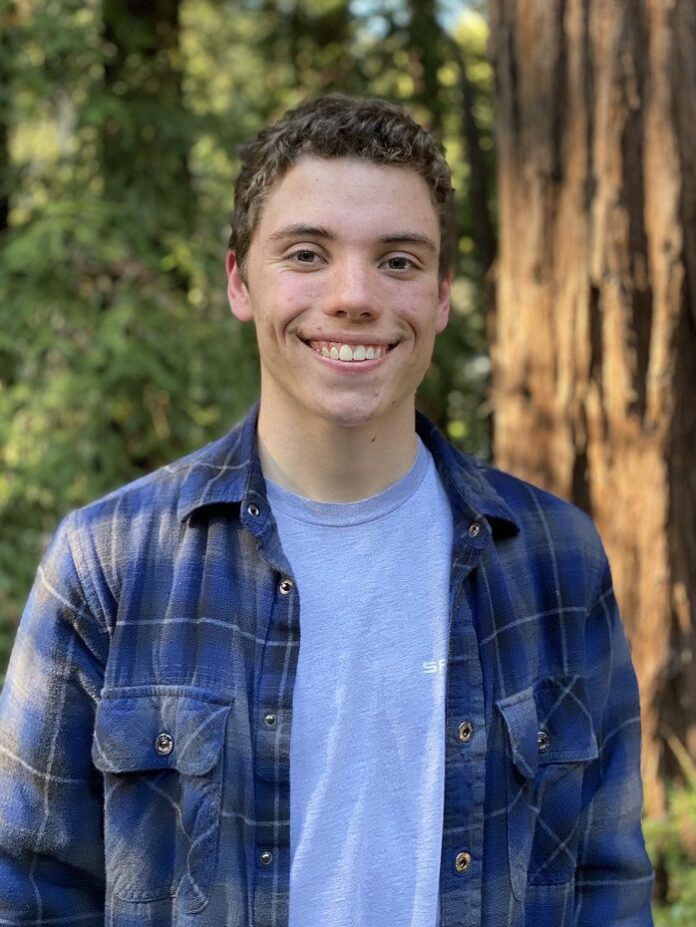Nearly a quarter of a million Californians were born between March 3 and Nov. 3, 2002. That includes the majority of my high school graduating class of 2020, and it places a record number of soon-to-be 18-year-olds in an electoral gray zone: we’ll be old enough to vote in the November general election, but too young to vote in next week’s March primary.
My classmates and I will be adults for the duration of the next presidential term; our stake in the outcome of the election is as great as any adult’s. We enjoy a constitutional right to participate in the 2020 presidential election, but the inaccessibility of the primary locks us out of a key component in the electoral process. This is an oversight which ought to be corrected, as it has already been in nearly half the states.
Such a change would be entirely constitutional, and it would not require a lowering of the voting age. This is because primary elections are the fairly recent creation of modern political parties: their rules are never spelled out in the US Constitution, only in state laws and the charters of state party organizations. Because political parties are not organs of government, but rather semi-private clubs, they are allowed to nominate their candidates however they’d like– these contests are not at all subject to the electoral guidelines of the US Constitution. It’s why primaries are often closed to those who are not members of a political party, whereas the general election must be open to all registered voters, regardless of their affiliation.
It’s also why some states were able to cancel their Republican primary elections this year: GOP leaders in Nevada, South Carolina, Kansas, Arizona, and Alaska decided that none of President
Trump’s Republican challengers were serious enough to warrant even holding a primary election. Although primaries are often codified in the constitutions of their respective states– which also provide the necessary funding and infrastructure– the political parties maintain broad control over their nominating contests, and are generally allowed to make these sorts of changes.
With this system in place, it is entirely constitutional to allow 17-year-olds to participate in primaries under the condition that they be 18 years old by election day. Of the four states that have held Democratic primaries and caucuses already this year, three of them– Iowa, Nevada, and South Carolina– allow 17-year-olds to participate under this condition. Nearly 20 other states recognize that if you are 18 by election day, you ought to be allowed to participate in the corresponding primary election.
This is not a radical change; it is a procedural one. It corrects a glaring political oversight that many other states have already accounted for.
Without a voice in the primary, my cohort’s only real choice in November 2020 will be whether to rubber stamp one of the nominees pre-selected by citizens whose interest in the outcome of the election is no greater than our own. It’s hard to imagine a better way to disillusion young voters.
The importance of Californians having a say in the nominating contest is clearly not lost on much of the state; it’s why former Governor Jerry Brown signed the Prime Time Primary Act in 2017, pulling the statewide primary up from June to March. Although the move strengthened California’s collective say in the nominating contest, it more than doubled the number of eligible general election voters who will be unable to participate in the primary.
That’s not a compromise we have to make. California should allow 17-year-olds to participate in presidential primaries if we will be 18 by the date of the corresponding general election. States with leadership across the ideological spectrum already allow this practice, including Mississippi, Kentucky, Maryland, Illinois, Delaware, and Connecticut. It’s already been wrung through the courts and deemed constitutional. California pushes the envelope on many issues; this is not one of them.
The state legislature is on track to refer the question of whether we should join those states to the general election ballot, where it will be subject to voter approval in November. Although it’s too late for this bill to enfranchise the class of 2020– after all, California’s primary is now less than a week away—California voters will soon have the chance to bring hundreds of thousands of eligible voters back into the fold from the classes of 2022, 2024, and beyond. As voters like you and me go to the polls this November, let’s do our best to make future primaries a little more equitable.












